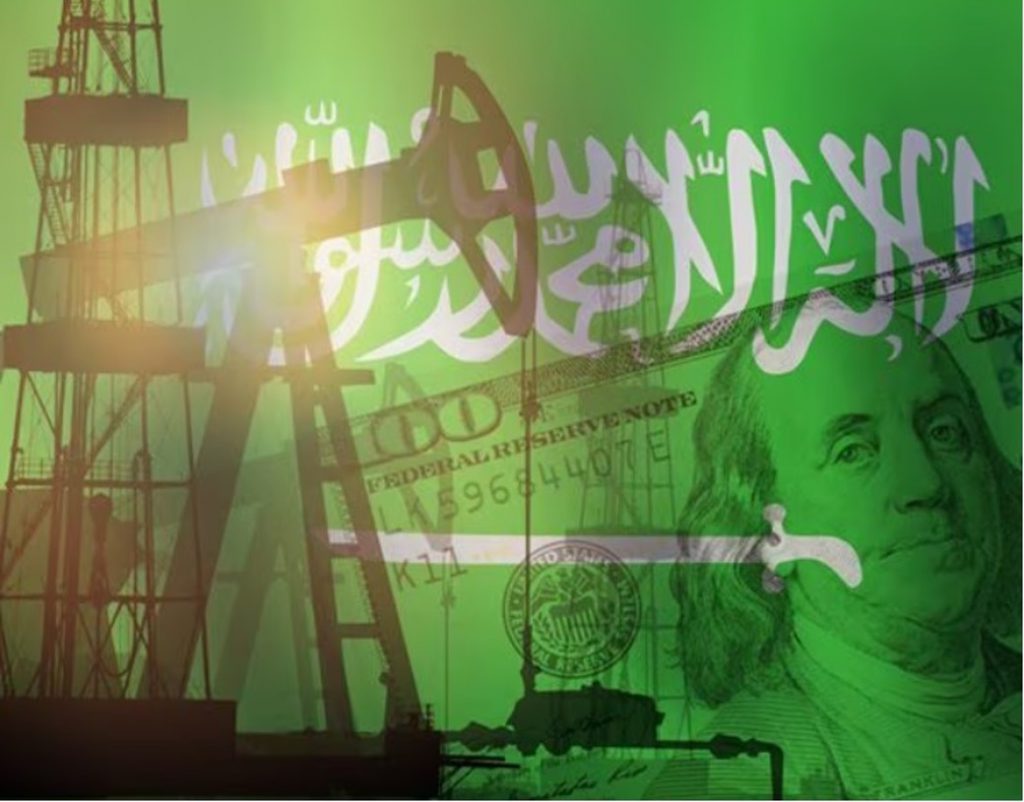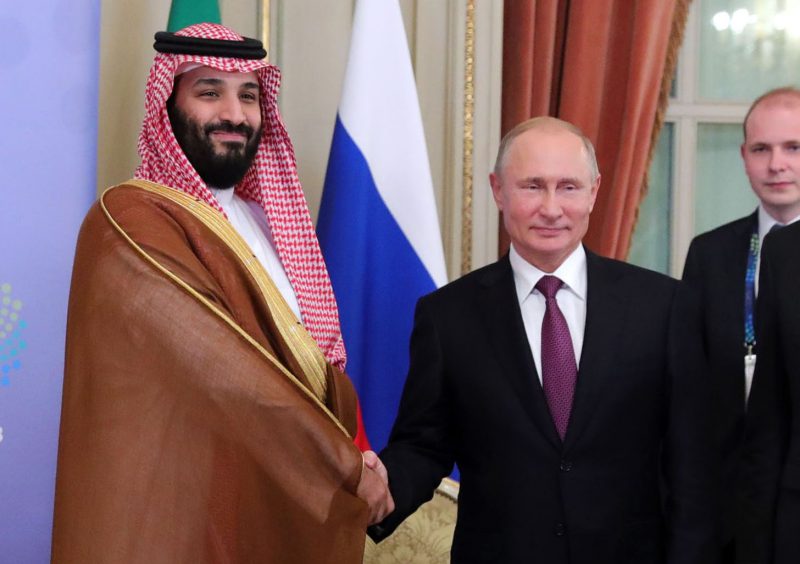The 50-year petrodollar agreement with Saudi Arabia to use the US dollar for oil payments ended in June 2024. With the country’s recent induction into the BRICS alliance, Saudi Arabia may opt for a new currency to trade in the oil industry, such as the bloc’s digital currency.
In 1974, a directive ensured that Saudi Arabia would use the dollar in all of its oil settlements. That mandate had offered security to the US Dollar, as it remained vital to the global economy. It also allowed Riyadh to benefit from its usage of what is the world’s most prominent currency. Furthermore, it kept the US Dollar in a dominant status amongst reserve currencies. However, BRICS influence in Saudia Arabia could be increased if the petrodollar is indeed over.
China is now Saudi Arabia’s top customer for oil trade and initiates billions worth of deals each year. As of 2024, China accounts for 20% of all Saudi Arabia’s oil exports giving it more influence in the sector. Other BRICS nations, including Russia, are also trying to boost their oil trade. One of the biggest factors that played into the induction of Saudi Arabia into the alliance was its abundance of oil supply. Now, the bloc may benefit from one of the biggest oil exporters in the world, at the expense of the petrodollar.
Also Read: BRICS Target Yet Another Sector to Eliminate the US Dollar
Will a BRICS CBDC Replace The Petrodollar?


There’s a plethora of currencies for Saudi Arabia to choose from that could replace the petrodollar and usher into a new era of oil trade. The Russian Ruble, Chinese Yuan, and other BRICS native currencies are all valid choices until the BRICS currency officially launches.
However, recent updates in Saudi Arabia prove that the country and CBDCs may have a deeper connection, much to the benefit of BRICS. The Saudi Central Bank announced it would be joining the mBridge project at the same time as it ended the 80-year-old petrodollar agreement. A June IMF report also showed that 19 countries in the Middle East and Central Asia are exploring the creation of a central bank digital currency. Thus, the concept of CBDCs is growing in popularity in that specific region, which BRICS could benefit from if its influence spreads.
Also Read: G7: Japan Signs $31 Billion Worth High-Speed Rail Project With India
As CBDCs and blockchain technology spread globally, the possibility of Saudi Arabia using a digital currency for oil trade is becoming more likely. Some analysts speculate that the country could abandon the US dollar and liquidate transactions in Yuan, a CBDC, or another digital currency backed by gold. All three of these currencies are growing in popularity amongst the BRICS collective. Thus, the Petrodollar may be in danger of never coming back.
However, since the Saudi royal is still pegged to the U.S. dollar, using an entirely new currency for trade will be difficult. Saudi Arabia has been actively working on de-dollarization since it joined BRICS, so upon full USD abandonment, the BRICS digital currency could slot in as a replacement.





